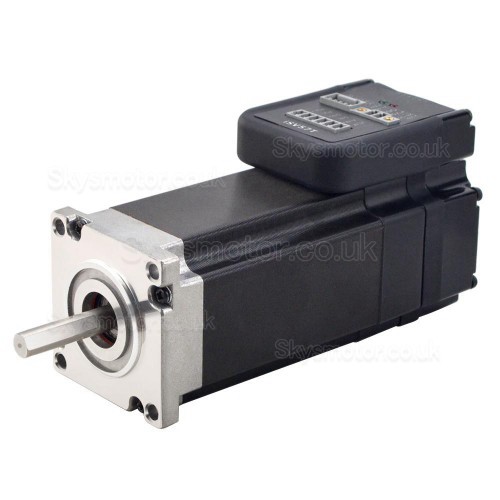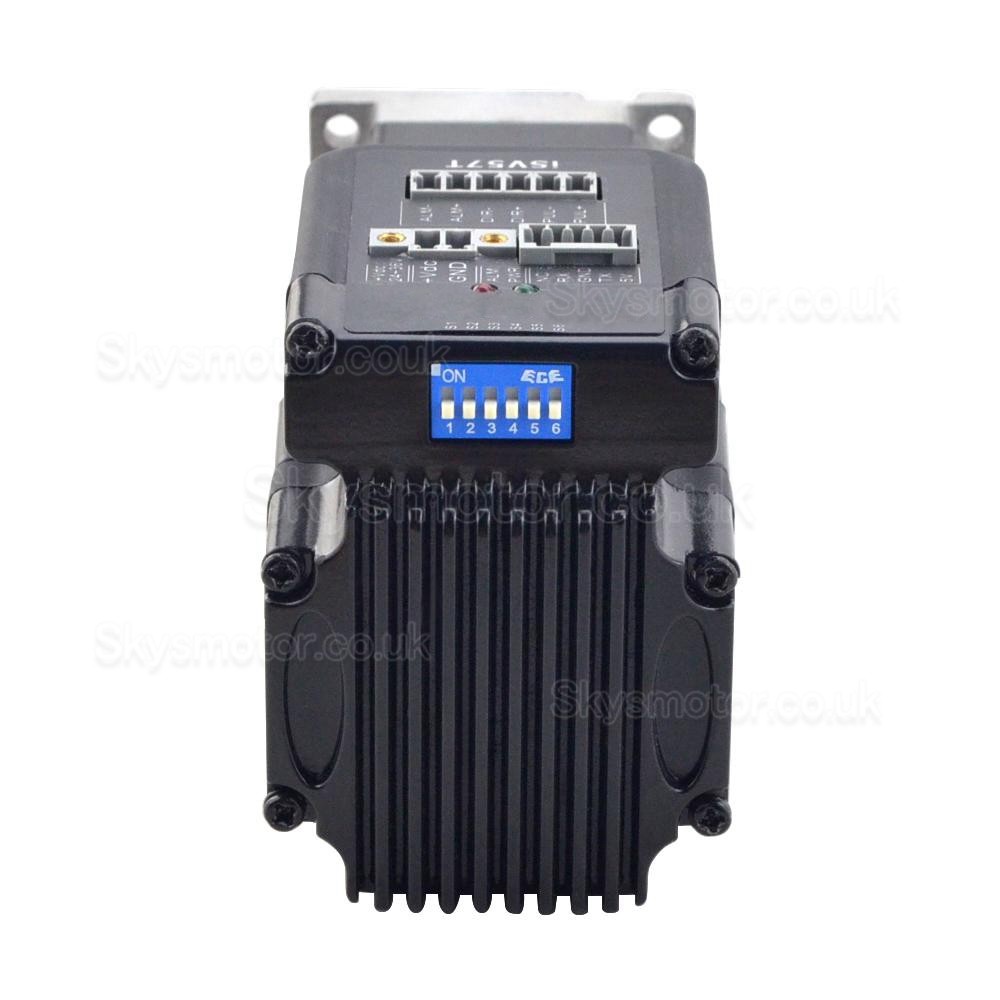How does the control system of a servo motor operate?
How does the control system of a servo motor operate?
A servo motor is a widely used device in various industries and applications, known for its precise control and accurate positioning capabilities. To achieve such precision, servo motors rely on a sophisticated control system that allows for efficient and accurate control of the motor's speed, position, and torque. In this article, we will explore in detail how the control system of a servo motor operates.

At the heart of the control system is a feedback loop that constantly monitors and adjusts the motor's performance. This feedback loop consists of three main components: the position sensor, the controller, and the power amplifier.
The position sensor, typically an encoder, measures the actual position of the motor shaft. The encoder generates pulses corresponding to the rotation of the motor, allowing the control system to accurately track the motor's position in real-time. The resolution of the encoder plays a crucial role in the precision of the servo system, as it determines the smallest increment of movement that can be detected.

The controller is the brain of the servo motor control system. It receives the position feedback from the encoder and compares it to the desired position set by the user or a higher-level control system. Based on this error signal, the controller generates a control signal that regulates the motor's behavior. The controller utilizes various control algorithms, such as PID (Proportional-Integral-Derivative), to achieve the desired performance characteristics.
The PID controller calculates the control signal by considering three factors: proportional, integral, and derivative. The proportional term provides immediate response to the error signal and determines the strength of the corrective action. The integral term accounts for the accumulated error over time and helps eliminate steady-state errors. The derivative term predicts the future error based on the rate of change of the current error and helps stabilize the system.
Once the control signal is computed, it is sent to the power amplifier, also known as the servo drive. The power amplifier takes the low-power control signal from the controller and amplifies it to provide sufficient current and voltage levels to drive the servo motor. The servo drive ensures that the motor receives the necessary power to overcome inertia, friction, and external loads, enabling precise and controlled movement.
The servo drive has additional features to protect the motor and the control system. It incorporates various safety mechanisms, such as overcurrent protection, overvoltage protection, and thermal protection. These safeguards prevent damage to the motor and ensure the reliable operation of the servo system.
In addition to the basic components of the control system, modern servo motors often include advanced features to enhance their performance and flexibility. For instance, some servo motors support communication protocols like Ethernet or CAN bus, enabling seamless integration with other devices and systems. This allows for centralized control and monitoring of multiple servo motors in complex applications.
Furthermore, some servo motors offer programmability and customizable motion profiles. This means that users can define specific motion patterns, acceleration/deceleration profiles, and speed limits to suit their application requirements. The ability to fine-tune these parameters provides greater flexibility and optimizes the servo motor's performance for specific tasks.
__________________________________________________________________________________________________________________________
skysmotor.co.uk is a professional online supplier of servo motor and ac servo motor. We offer competitive prices and efficient services to our customers.
